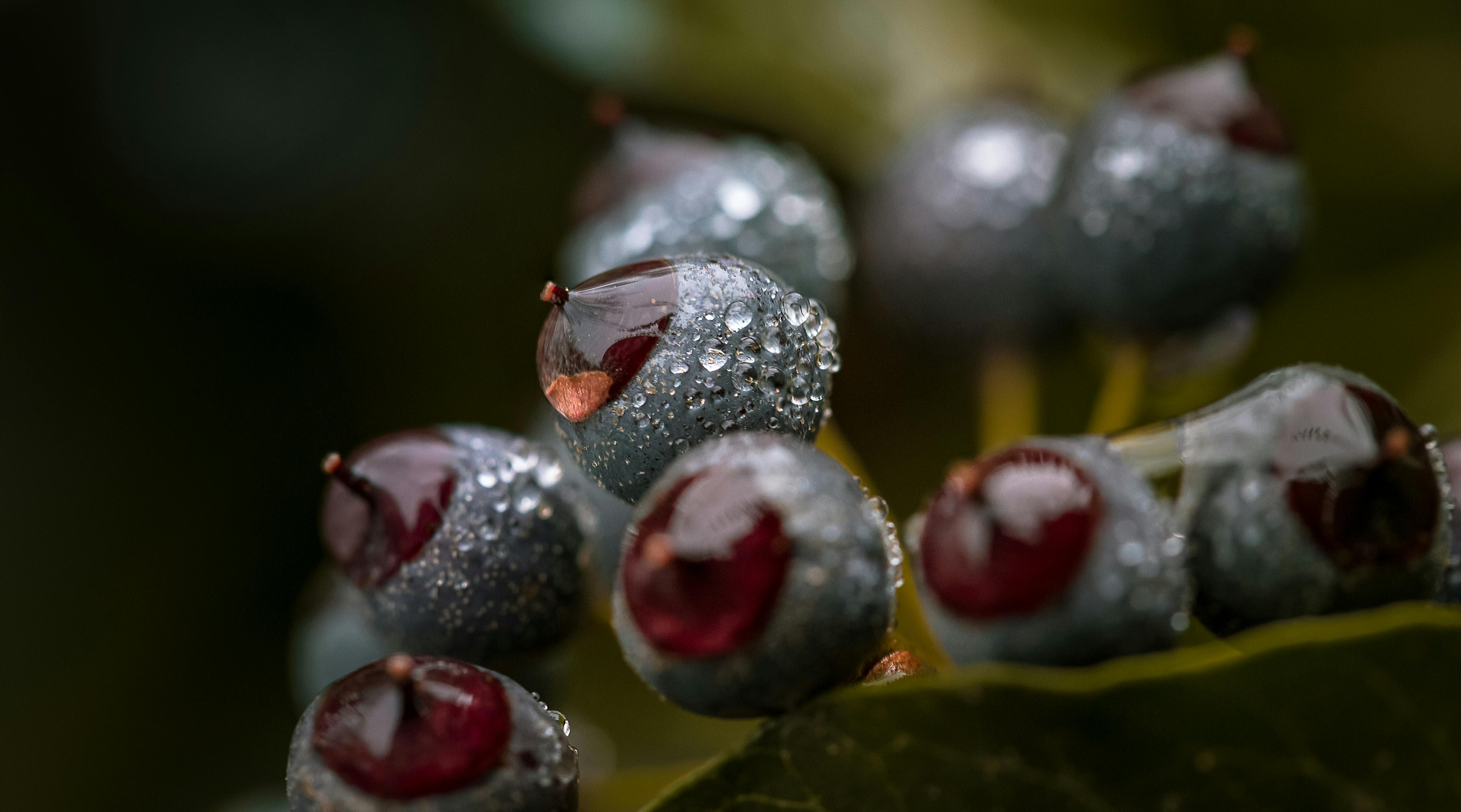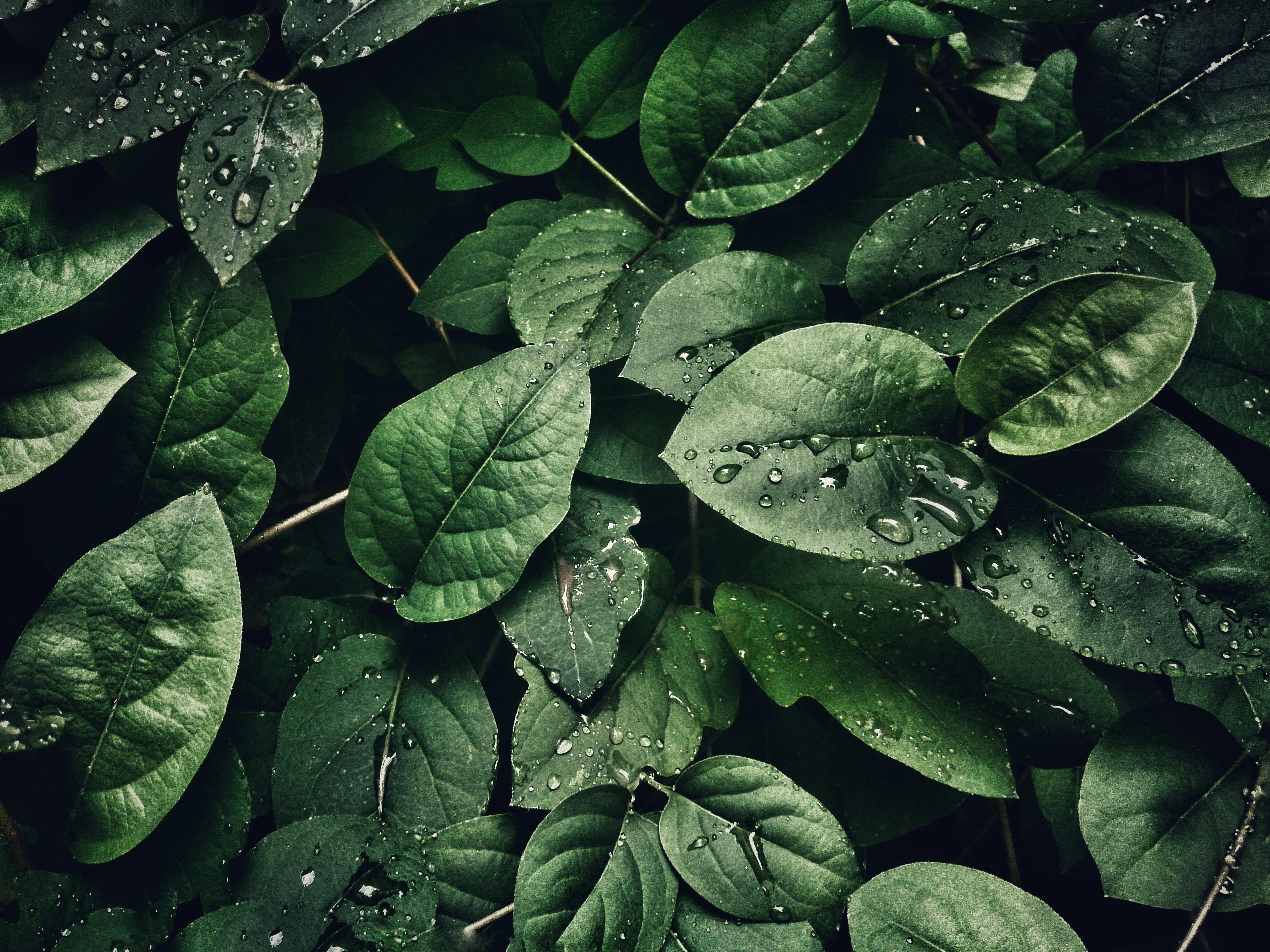Blueberry plants require special attention and care to thrive and produce delicious, juicy fruit. One of the most important steps in caring for a blueberry bush is knowing how often to water it. The frequency of watering blueberry plants will vary depending on many factors, including the type of soil, the climate, the time of year, and the amount of rainfall. In this article, we’ll discuss how often you should water your blueberry plants in order to keep them healthy and give them the best chance of producing an abundant crop.It is recommended to water blueberry plants every 5-10 days, depending on the weather conditions. Make sure to check the soil moisture before watering and water deeply to moisten the entire root zone. Blueberry plants should not be allowed to dry out completely between waterings.
Climate Conditions
Watering frequency for blueberry plants is greatly affected by the climate conditions of an area. Blueberry plants need cooler temperatures to thrive and should be watered more often in warmer climates. The amount of rainfall also affects the frequency of watering, as too much or too little can cause the plants to suffer. In areas with high amounts of rainfall, blueberry plants may not need to be watered as often. In drier climates, however, they may require more frequent watering.
Soil Type
The type of soil used when planting blueberry plants can also affect how often they need to be watered. For example, sandy soils tend to drain quicker than other types of soil and therefore require more frequent watering. Clay soils hold water longer but may require less frequent watering than sandy soils due to their ability to retain moisture. It is important to know the type of soil in which the blueberry plants are planted in order to determine an appropriate watering schedule.
Plant Age
The age of a plant can also affect its watering frequency. Younger plants will need more frequent irrigation than older ones due to their increased water needs for growth and development. Additionally, older plants should not be over-watered as this can cause them stress and lead to poor health and reduced yields.
Time Of Year
The time of year can also have an effect on how often blueberry plants should be watered. During the warmer months, they will likely require more frequent irrigation due to increased evaporation rates and higher temperatures. During cooler months, however, they may require less frequent irrigation as temperatures are lower and there is less need for water.
Overall, there are many factors that can affect the frequency at which blueberry plants should be watered. It is important to consider climate conditions, soil type, plant age, and time of year when determining an appropriate watering schedule for these valuable crops.
Best Time To Water Blueberry Plants
Watering blueberry plants is essential for their growth and health. Knowing the best time to water them is key to keeping the plants healthy and productive. The best time to water blueberry plants is in early morning or late evening, when the temperatures are cooler and there is less evaporation. This allows the plants to absorb more of the water they need. It’s also important to water the plants deeply so that the roots can get plenty of moisture.
When watering blueberry plants, it’s important not to overwater them as this can lead to root rot and other problems. Overwatering can also cause fruit production to be reduced, as too much water can leach away essential nutrients that are needed for fruit production. It’s also important not to water too frequently, as this can cause root stress which will lead to poor growth and health of the plant.
It’s important to monitor soil moisture levels in order to determine when it’s time to water blueberry plants. Stick your finger into the soil up to your first knuckle; if it feels dry then it’s time to water. If it feels moist then you don’t need to water yet. Keep an eye on weather conditions as well, as heavy rains can mean that you don’t need to water your plants for some time.
Following these tips will help ensure that your blueberry plants stay healthy and productive throughout the growing season. With proper care and watering, you should be able enjoy a bounty of fresh blueberries all season long!
How To Tell If Your Blueberry Plant Needs Watering
Knowing when to water your blueberry plant is essential for keeping it healthy and thriving. Proper watering helps ensure that your blueberry plants receive the right amount of moisture to reach their full potential. There are a few signs that you can look out for to tell if your blueberry plant needs watering.
The first indicator of needing more water is if the leaves of the plant are wilting or turning yellow. Wilting is usually a sign that the soil is too dry, and your blueberry plant needs more water. You can also check the soil around the plant for dryness. Digging into the soil, you should feel moistness up to a few inches deep. If it is dry, then it’s time for a good soak.
Another indicator that your blueberry plants need more water is if they seem stunted in their growth or have fewer flowers and fruits than usual. When plants don’t get enough water, they will not grow as much as they should and might produce fewer fruits and flowers than normal.
Finally, if you notice that the fruit on your blueberry plants seems small or misshapen, this could be an indication that your plant isn’t getting enough water. The size of fruit is often determined by how much water and nutrients it has access to while growing, so providing additional moisture could help with this issue.
Overall, knowing how to tell when your blueberry plants need more water is essential for maintaining a healthy garden with plenty of delicious berries! Pay attention to these signs and make sure to provide plenty of moisture when needed so that you can get the most out of your blueberry plants!
How Much Water Do Blueberry Plants Need?
Blueberry plants need a lot of water to grow and produce healthy fruit. A general rule for watering blueberry plants is to give them one inch of water per week, either through rainfall or irrigation. During the spring and summer months when the plants are actively growing, they may need an additional inch of water each week. It is important to monitor soil moisture levels throughout the season to ensure the plants get enough water, but not too much. Overwatering can lead to root rot and other diseases.
It is also important to note that blueberries do not like wet feet, so be careful not to over-irrigate around the roots of the plant. Mulching around the base of the plant can help conserve moisture and reduce evaporation from the soil surface. Applying a thick layer of organic mulch in spring and fall can help keep soil temperatures consistent and reduce weeds.
Blueberries are shallow rooted plants, so they don’t need very deep watering for their roots to absorb nutrients from the soil. When irrigating, it’s best to do so gradually with a low pressure system such as soaker hoses or drip irrigation rather than flooding them with too much water all at once. This will help ensure that all parts of the root zone get an even amount of moisture without wasting any water due to runoff or evaporation.
Finally, it’s important to keep an eye on weather conditions throughout the growing season. If there’s been an extended period of dry weather with no rain in sight, then additional watering may be needed in order for your blueberry plants to thrive and produce high yields of fruit.

The Benefits of Deep Soaking for Blueberry Plants
Blueberry plants require a lot of water to stay healthy and grow, but simply sprinkling them with water isn’t enough. To ensure healthy growth, blueberry plants need to be given deep soakings every so often. Deep soaking is when the soil is saturated to a depth of at least 10 inches. This provides the plant with more than just water; it also gives the roots access to oxygen and nutrients.
Deep soakings also encourage deeper root growth for blueberry plants. By allowing the roots to spread out further, they can explore a larger area in search of nutrients and water, making them more drought tolerant and less susceptible to disease. The deeper roots also help stabilize the soil around the plant, reducing the chances of erosion or nutrient loss from runoff.
Watering deeply also encourages better fruit production in blueberry plants. When watered properly, blueberry plants produce larger berries that are sweeter and more flavorful than those watered shallowly or too infrequently. In addition, deep watering helps prevent premature fruit drop; when blueberry plants are watered too shallowly or not often enough, fruits can drop prematurely before they have a chance to ripen completely.
Soaking the soil around blueberry plants deeply every few weeks is essential for their health and growth. This encourages deeper root growth which leads to healthier drought tolerance and less susceptibility to disease. In addition, deep watering helps promote larger fruit production with better flavor and reduced premature fruit drop. Deep soaking your blueberry plants will help ensure that you get large harvests year after year!
The Benefits of Mulching for Blueberry Plants
Mulching is a great way to provide your blueberry plants with the nutrients and protection they need in order to thrive. Mulch is a layer of organic material placed over soil that helps to control weeds, conserve moisture, and keep the soil temperature regulated. Mulch also helps to improve soil structure and fertility by providing organic matter that breaks down over time. In addition, mulch can help protect blueberry plants from extreme temperatures and provide them with an extra layer of insulation during hot or cold weather.
Mulching blueberry plants can also aid in weed control by blocking sunlight from reaching the ground beneath it. This helps to prevent weed seeds from germinating and taking over your garden beds. The mulch also acts as a barrier between the soil and the plant, protecting it from potential pests or disease-causing organisms. Additionally, mulching can help conserve moisture in the soil, as it prevents evaporation and keeps the soil cool during hot summer days.
It’s important to select the right type of mulch for your blueberry plants when mulching. A good rule of thumb is to use organic mulches such as wood chips or bark chips. These types of mulches will break down over time, adding valuable nutrients back into the soil. Another option is to use straw or hay, which will create a more temporary barrier that will need to be replenished over time.
Mulching blueberry plants can be beneficial in many ways; however, it’s important not to over-mulch your plants as this can lead to disease problems or poor growth due to too much moisture being trapped in the soil beneath it. To avoid this issue, make sure you don’t apply too much mulch at once and ensure you leave some space between the top layer of mulch and your plant’s stem or leaves so air can circulate freely around them.
In conclusion, proper mulching can provide many benefits for blueberry plants. It helps control weeds, conserve moisture in the soil, improve fertility levels, protect against extreme temperatures, and act as a barrier against potential pests or disease-causing organisms. By selecting an appropriate type of mulch for your particular needs and applying it correctly you can ensure your blueberry plants stay healthy throughout their life cycle!
Signs of Over-Watering in Blueberry Plants
Blueberry plants are very delicate and require precise amounts of water for optimal growth. Too much water can be detrimental to its health, as it can lead to root rot and other diseases. It is important to be aware of the signs of over-watering in blueberry plants so that it can be addressed immediately. The most common signs include yellowing leaves, wilting branches, and stunted growth.
Yellowing leaves are one of the first warning signs of over-watering in blueberry plants. The leaves will start to turn yellow and fall off prematurely. This is often due to a lack of oxygen reaching the roots, which prevents them from taking up nutrients from the soil.
Wilting branches are another sign that too much water is being given to the plant. The stems and branches will begin to droop, which is an indication that either too much or not enough water is being provided. This can also be a sign that the plant’s root system has been damaged by over-watering.
Finally, stunted growth is another indicator that too much water has been given to the blueberry plant. The plant will not grow as quickly or as vigorously as it should be if it is being over-watered. Additionally, flowers may not bloom as they should and fruit production may be significantly reduced due to over-watering.
It is important to monitor blueberry plants for any signs of over-watering so that it can be addressed immediately. If left unchecked, this could lead to serious damage or even death of the plant. By paying attention to these warning signs, gardeners can ensure their blueberry plants remain healthy and productive for many years to come.

Conclusion
Watering blueberry plants is a key step in ensuring their health and productivity. The frequency of watering should be based on the soil type, weather, and other factors. During hot and dry periods, blueberry plants should be watered deeply at least once a week. In cooler weather, water every two weeks. Pay attention to the moisture levels in the soil and adjust watering frequency accordingly. Mulching around the base of the plant can also help keep moisture in and reduce evaporation. Finally, monitor for signs of drought stress such as wilting leaves or yellowing foliage.
In summary, blueberry plants require regular watering to ensure healthy growth and productive yields. However, it is important to adjust the frequency of watering based on soil type, weather conditions, and other factors in order to avoid over-watering or drought stress. With proper care and maintenance, your blueberry plants will thrive for years to come!



